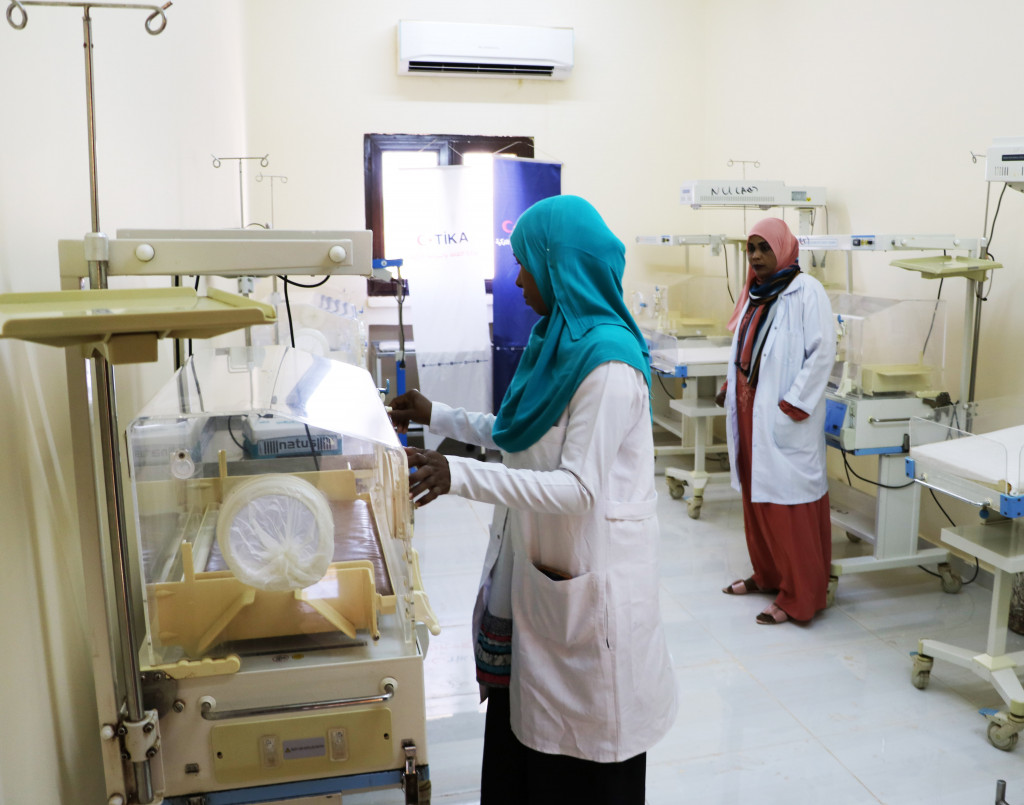
The collapse of the healthcare system due to the war in Sudan has affected most of the country’s 18 states, but Khartoum, North Kordofan, and Darfur are the areas suffering the most from the collapse of the healthcare system. The negative impact is not limited to conflict areas, as the states that have received millions of war-displaced people have also been affected due to the high demand for healthcare services, lack of medical supplies, medications, and healthcare staff.
No electricity
Hiba Omar, the head of the Sudanese Doctors Union, said that the security situation in the country has severely impacted many service sectors, particularly the healthcare sector, since it directly relates to people’s lives.
“Patients die due to power outages during surgical procedures in hospitals, and others suffer complications that lead to their demise due to the lack of necessary supplies.” Hiba Omar said.
She added, “What is happening is a disregard for the lives of citizens who go to hospitals for treatment, not to die there. The hospitals are unable to provide fuel to operate backup power generators during electricity outages, which occur every day for long hours.”
MSF forced to stop
Meanwhile, Doctors Without Borders (MSF) said it had no choice but to stop supporting life-saving surgery at Bashair Hospital in Khartoum after military authorities blocked the transport of surgical supplies from Wad Madani for over a month.
“Despite engagements with the health authorities, supplies remain blocked and stocks are now depleted. We have no choice but to suspend surgical activities at Bashair Teaching Hospital and temporarily withdraw our surgical team,” said Michiel Hofman, MSF operations coordinator.
Another MSF-supported hospital in south Khartoum, Turkish Hospital, will likely run out of supplies within two weeks. MSF continues to discuss with authorities to get these supply blockages removed.
Since mid-May, MSF surgical teams have performed nearly 5,000 emergency interventions and 3,000 surgical procedures, including trauma surgery and c-sections. Without new supplies, these activities cannot continue.
